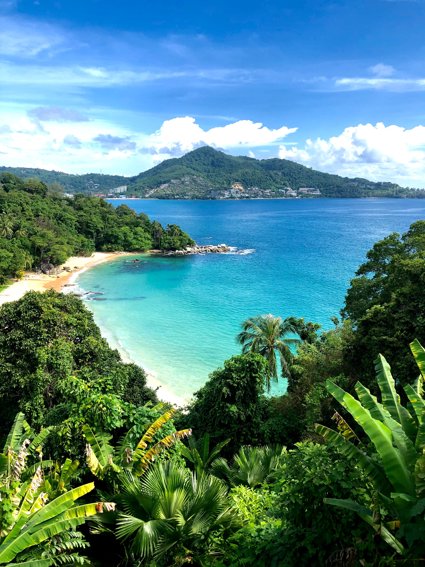
When to go
This lesson is about the climate in Thailand now and in the future and how this may affect where or when the tourist featured in lesson one might visit
Key questions
When is the best time to go to Thailand?
Will climate change cause flooding in Thailand?
When is the best time to go to Thailand?
Thailand has a tropical monsoon climate; temperatures normally range from an average annual high of 38 °C to a low of 19 °C. Thailand's monsoons arrive around July and last into November (the rainy season or ridu fon). They can be uncomfortably humid and sticky. This is followed by a dry, cooler period from November to mid-February, followed by much higher temperatures from March to June. The dry season is shortest in the South because of the proximity of the sea.
According to Lonely Planet Guide books, the best time to visit is from February to March.
Will climate change cause more flooding in Thailand?
The direct effects of climate change on human settlements in Thailand are floods and landslides caused by increases in rainfall intensity, rises in sea levels and coastal storm surges. Settlements along rivers and coastal zones are particularly at risk. Flooding in the Bangkok metropolitan area was relatively infrequent during the last ten years because flood prevention programs were implemented. However, floods in other urban and rural areas have tended to increase during the past thirty years.
Thailand is an agricultural country that depends largely on natural water resources and global climate change has serious implications upon these water resources.
Starter
Coming out of the airport, the passengers of row 15 who we met in the last lesson are hit by a wall of heat.
Like the islands of the Caribbean, Thailand lies 6-200 north of the equator. The climate is hot all year round with maximum temperatures between 24-380C, and the south-west monsoon winds that blow off the ocean bring wetter weather between May and October.
Nevertheless, the influence of the sea, mountains and distance from the equator still bring differences to the climate from one part of Thailand to another that could make or break a holiday.
Our passengers are arriving Thailand in the second half of August.
Which of these passengers from row 15 are likely to get what they want from the weather at this time of year?
-
Steve: "I am heading to a full moon party on Koh Phangan, so it mustn't be cloudy"
-
Danny and Melissa: "We plan to go to Koh Phi Phi for our honeymoon. We want it as sunny as possible"
-
Caroline: "I won't travel far from Bangkok while I am recovering from my surgery. If it's too hot and humid I get an itchy rash right across my chest"
-
George: "I plan to go to Kanchanaburi and Mae Hong Son. I am not after a sun tan, but I hope it stays dry"
Would you advise them to go to another part of Thailand, or at another time of year next time?
Use the Thailand climate graphs interactive.
You can also download the document Thailand climate graphs or the climate data.
Main Activity
Newsflash:
"The Bangkok Metropolitan Administration is preparing to handle floods in the capital resulting from storms that have brought torrential rain to the Central, East and South of the city.
Many neighbourhoods in Bangkok stand a high chance of being flooded, including the tourist and residential area of Sukhumvit."
Like the UK, Thailand has been experiencing some weird weather lately.
In October 2006, rain brought by the south-west monsoon was heavier than normal and did more than ruin holidays. Streets in the Sukhumvit area of Bangkok were badly flooded.
What different people are affected by the rising water?
Who would be affected the most?
Using the Climate change: populations at risk from cyclones and rising seas interactive and the fact sheet climate crisis to answer the following question:
-
Is flooding going be greater problem in the future for Thailand and Bangkok?
File nameFiles
File type
Size
Download